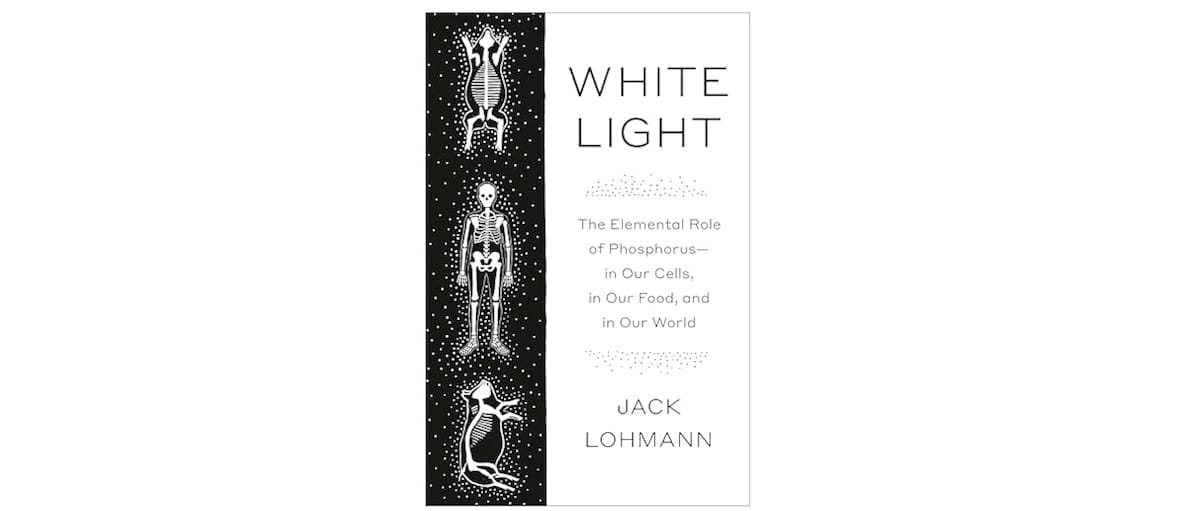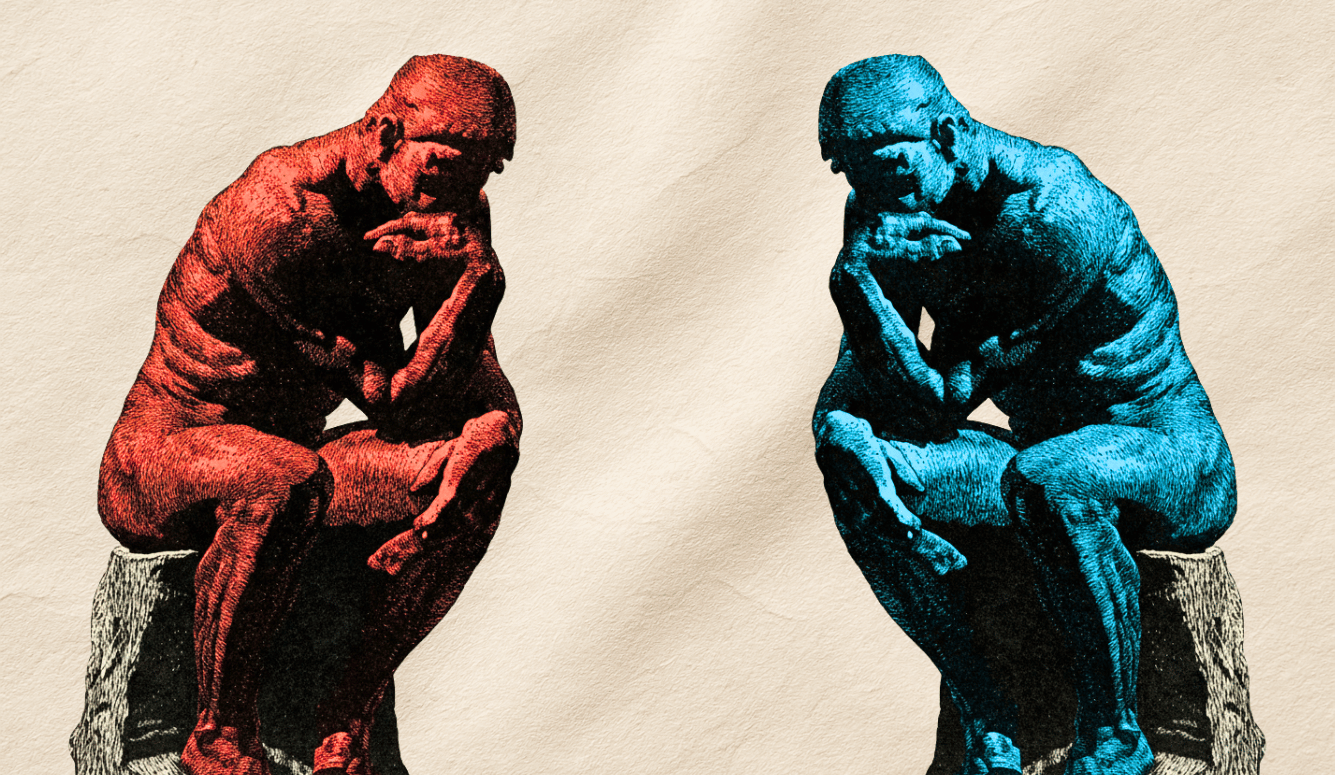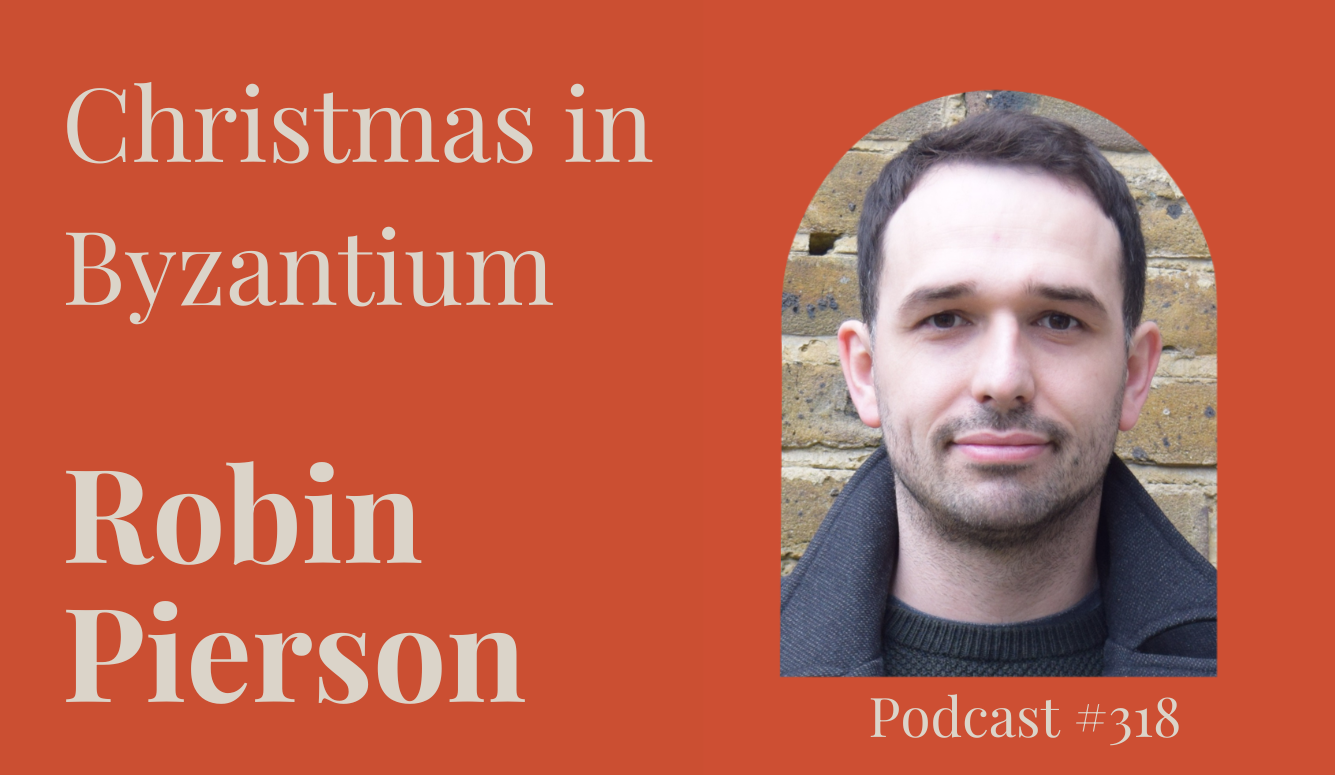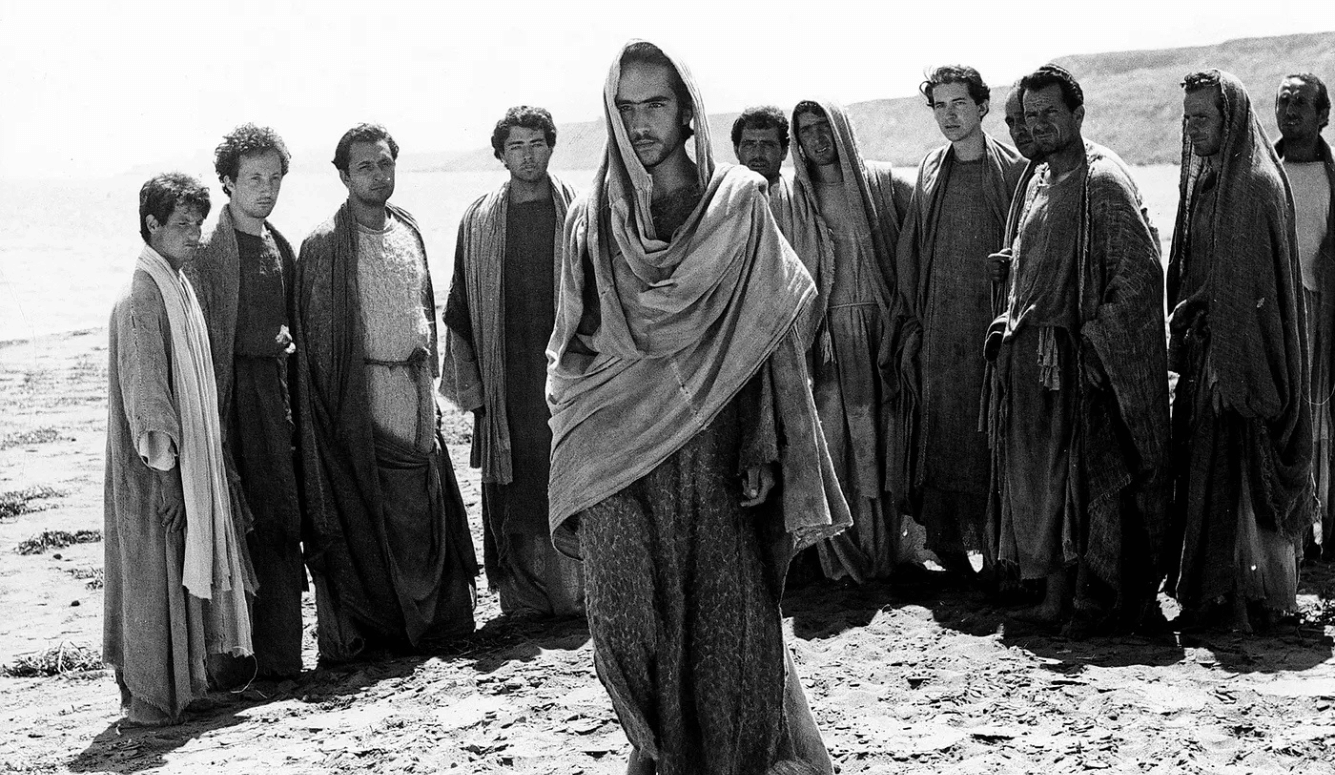Science / Tech
Life’s Ancient Bottleneck
Of the six chemical elements necessary for life, phosphorus is the rarest. It determines what grows and shrinks, who lives and dies. By disrupting the planet’s phosphate cycle, unchecked factory farming could have apocalyptic consequences.
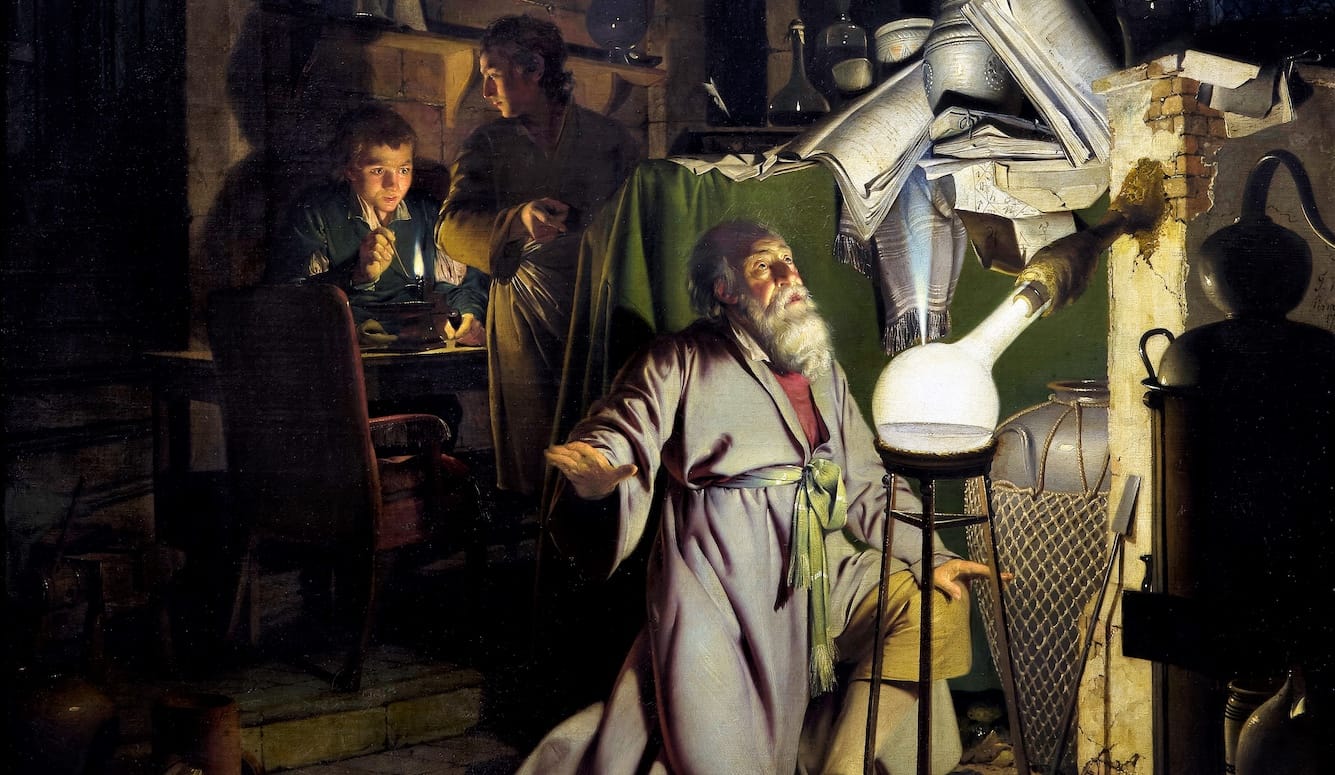
In the moments that follow the death of a whale, when the light disappears and is swallowed by dark, the body’s weight draws to the base of the sea and compresses. It settles in mud. It forms an environment known as a whale fall, a world that will last for decades.
The whale fall grows in stages. The larger species come, the eels, the sharks. They rip apart the dead whale’s flesh. The tail, the head, the organs are consumed. The size of predator lessens as the length of time extends. Tiny mouths clean the bones dry. A skeleton remains; bacteria descend upon it. They turn bones into nutrition, consuming the whale in a process that is almost imperceptibly slow. Worms arrive and burrow through the skeleton. Other organisms come and eat the worms. Larger predators reinhabit the space. Within a barren, lightless plain, on the basis of decaying bones, a world is born.
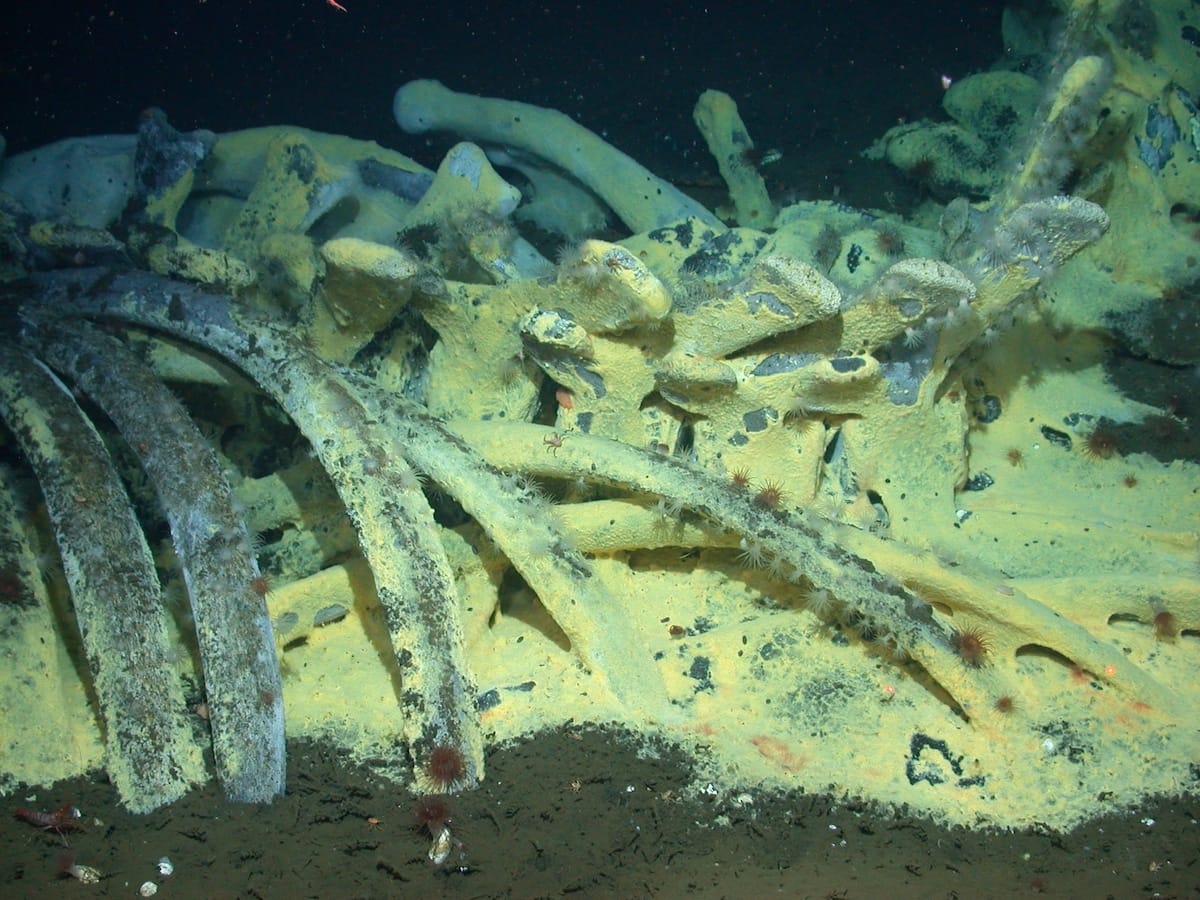
Whalebone contains an element that is rare: phosphorus, a limiting ingredient in life on Earth. Of all the elements of the periodic table, phosphorus is one of six that are absolutely necessary for the existence of life. Of those six, phosphorus is the most limited. Because of its rarity, it controls life—it determines who grows and shrinks, who lives and dies, what areas become biologically wealthy and which ones will be biologically poor. “The maximum mass of protoplasm which the land can support, like the maximum that the sea can support, is dictated by the phosphorus content,” Isaac Asimov, the biochemist, wrote in 1959. Phosphorus, he wrote, “is life’s bottleneck.”
Each of the six essential elements performs a vital role. Carbon forms long chains, connecting compounds together to create large, complicated structures. Hydrogen and oxygen combine to form water. Nitrogen and sulfur create proteins, providing organisms with food. Phosphorus converts energy, carries information, constructs cell membranes, and performs a host of other actions that underpin life’s complexity. Phosphorus allows seeds to grow and fruit to ripen. It is the main ingredient in matches. It both enables life and destroys it. Sarin gas, created from white phosphorus, is a potent agent of chemical warfare.
When it is isolated, phosphorus emits a steady, menacing glow. Phosphorescence is the name that is applied to this phenomenon: it describes materials that glow without ignition. The glow of the upper ocean is phosphorescent. Some paint glows. One consistent feature of the near-death experience, reported by people whose hearts stopped beating and bodies began to fade, has been the presence of a peculiar brightness all around. Images flash, the soul floats, and the body is left behind. The mind feels calm. (It is, in fact, surging with electricity: its final moments are seemingly near.)
Phosphorus converts energy, carries information, and constructs cell membranes. It allows seeds to grow and fruit to ripen. It is the main ingredient in matches. It both enables life and destroys it.
When phosphorus burns, it bonds with oxygen, creating phosphate: one atom phosphorus, four atoms oxygen. Phosphate is remarkably prevalent in all life forms, although it is otherwise comparatively rare throughout the world. It is crucial to our existence. Outside of life, phosphate exists in geological form, made up of condensed, crystalline structures that are hidden in the crevices of our planet. Inside of life, it exists in every cell. It forms the membranes that hold the parts of cells together. It provides energy, in the form of adenosine triphosphate, ATP, which powers the actions of all life-forms. Even before birth, each of us gained identities by way of the cumulative influences of small phosphate groups, which held together the strands of our DNA. As we grew from zygote to cellular zillionaire, those groups enabled the replication of DNA and the formation of more complex beings—us.
The phosphorus in our bodies came, at first, from molten lava, hardened into rock. That rock eroded out of mountains, flowed down rivers, and fertilised the land below. The land supported the growth of plants, which allowed the spread of animals. The human body is, roughly speaking, one percent phosphorus. Phosphorus is spread throughout our cells, but it is concentrated mainly in our bones. We are extensions of the planet—we forage for phosphorus by eating plants and animals, and we fertilise the soil through waste and death. Plants thrive on this natural fertiliser. Phosphorus moves through the bodies of plants and animals, fungi and bacteria, and ultimately, usually, makes its way to the water. It is deposited as sediment: it forms new rock on the seafloor. The rock is made of compressed bodies, phosphorus squeezed from lives that are no more. It is littered with phosphatic bones, with phosphate-encrusted bivalves, with fossilised phosphate scraps. These things are hidden, set to be released in geologic time. As this time passes, the Earth’s plates move. The underwater rock becomes land. The land erodes. The cycle continues.
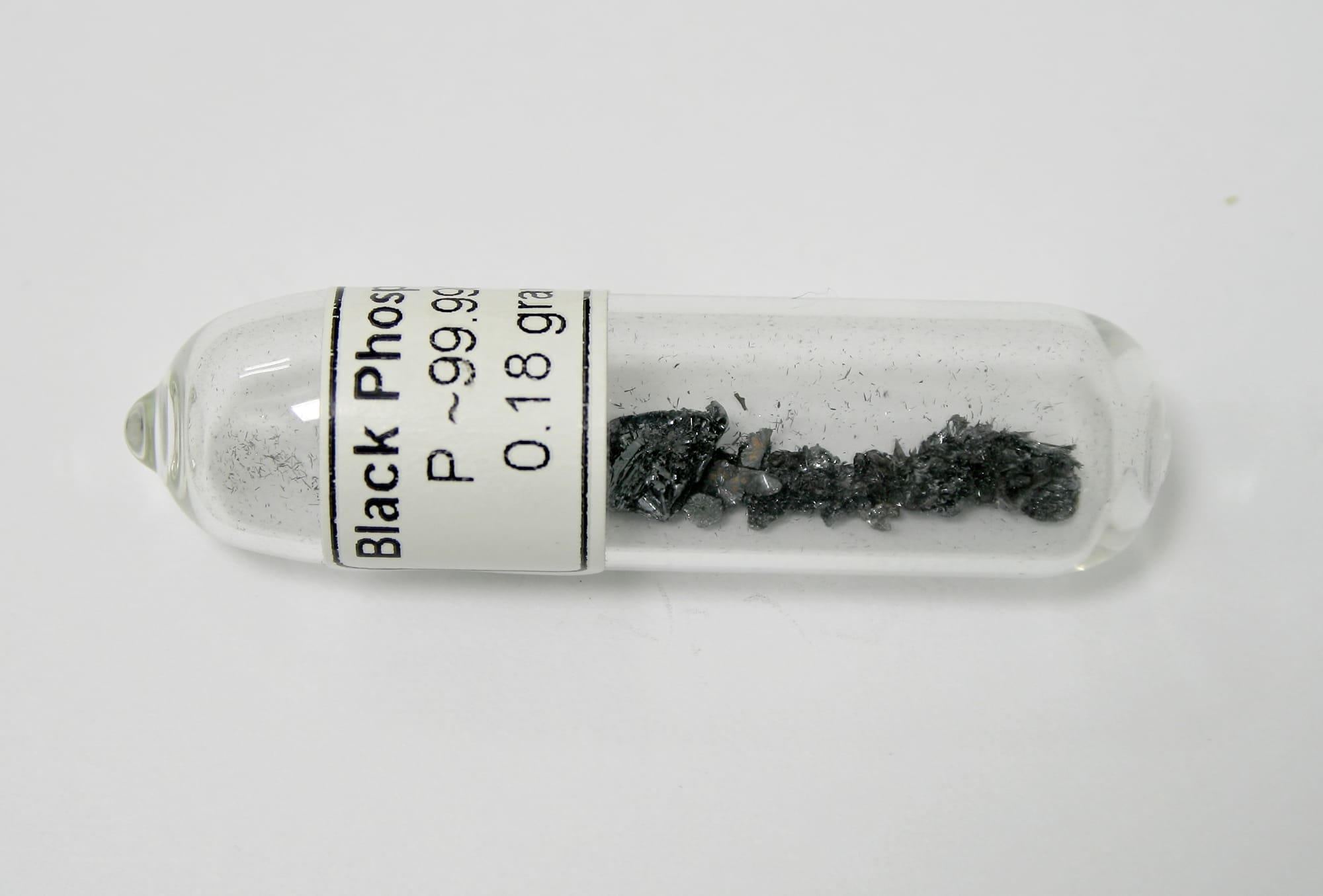
The phosphorus cycle has long connected mountains, land, and sea—but phosphate rock, pressed into geology, was mined beginning in 1847. It was used as a fertiliser, life sucked out of so much death below the ground. The growth of plants requires the creation of new cells, and each new cell needs phosphate. Phosphorus fulfils the cell’s core functions; it cannot be replaced by any other element. Mined and processed, phosphate rock was applied to farm fields the world over. Crops grew like never before, injected, suddenly, with a substance that functioned like a miracle.
These rocks, made of ancient lives, entered the loop in which we all once lived. Death fed life, to overabundance. Our diets changed, our lifestyles changed, and we changed. We cheated the natural process that had once governed all of our lives. Millions of tonnes of phosphate were uplifted every year, each tonne holding bits of bodies cemented over time. The phosphorus cycle was broken in a century.
The story of phosphorus runs through every strand of DNA in every organism in the world. It runs through every piece of food and waste, and every living thing. But the story of how humans changed the phosphorus cycle is rooted in a few specific spots. We first found phosphate rock in England, and the fertiliser industry began. The industry changed when rock of greater scale was found in Florida; but today, the Florida rock is almost gone. Our global agricultural system rests upon the dictates of Morocco’s monarch.
Already, in some places around the world, the end of phosphate rock has occurred. It happened on the island of Nauru, far out in the Pacific, and there we see a world that passed its limits. It peaked, declined, and fell to ruin. Amid those ruins, the story of our broken phosphorus cycle comes to a close.
But it does not need to end there. There is mass resistance to the modern expansion of corporate farming methods. The world’s small farmers, who produce half our food, work their land with the nuanced understanding that agriculture has always been an ecological effort. They safeguard phosphate and replenish it.
Scientists, economists, and engineers are working to make phosphorus recycling compatible with modern life. Food, we now know, feeds our bodies better when it comes from healthy soils, and healthy soils come from nature, not from machines. Supported by this understanding, people are working to create a better agriculture. Cities are composting food scraps. Disenfranchised farmers are fighting for their land. If we listen to those with knowledge—rather than those with money—it is possible to restore the cycles of the earth.
There was once, long ago, a different kind of phosphate problem. When life first started, 4.5 billion years ago, the problem was that phosphorus existed only in rocks—and then, of course, no one was available to mine them. Life needed concentrated pockets of phosphorus in order to form. In a century of study, scientists have not come to an agreement about how nature solved its problem. Something happened in a pond, around a vent, near a meteor strike—something. We do not know exactly. We do know something happened, though, because we are here.
Today, phosphorus remains a part of the mix of chemical elements present in the earth’s magma, and volcanic eruptions create sprawling beds of igneous rock that hold within them trace amounts of the mineral. Now, however, humanity has transferred large amounts of phosphorus onto farmland, into streams and ponds, into rivers, and, ultimately, into the ocean.
The result of this is somewhat murky, but it appears that humans are changing the geology of the world. We are leaving a legacy in stone, and we are doing it by creating anew a world that once existed—one overrun with algae in the waters, with dying fish, with widespread oxygen loss in the sea. This new world is not, for us, ideal. (For algae lovers, it may be paradise.) But it is conducive to the formation of phosphate rock. This new rock will be formed and buried over intervals of millions of years. It will be hidden beneath the ground, prepared to be discovered in the future.
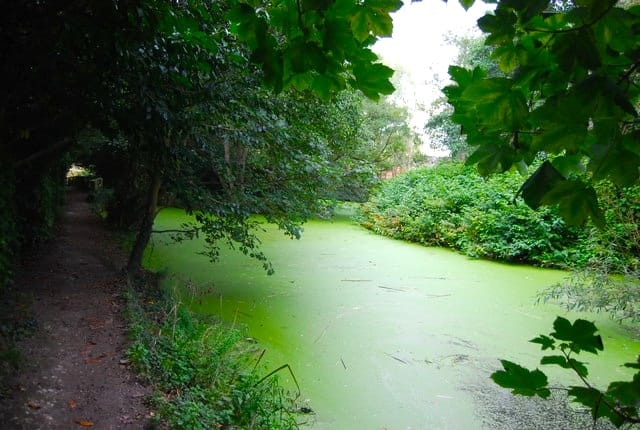
Just as phosphate enables life in humans, so too does it feed the life of the whale fall. The destruction of the bones of the whale provides enough fat to support a community of bacteria, and it releases enough phosphate to support the expansion of the ecosystem. The whale fall lasts because of the barrenness that surrounds it: the cold temperatures and darkness of the deep ocean preserve the whale carcass for the creatures that can access it, allowing the ecosystem to exist without floating away or being quickly eaten. Instead, whale falls remain as they begin—remote, shadowed, and teeming with life.
The nutrients provided by a whale fall represent, in a single day, two thousand years of sustenance. Their effect, ecologically, is strong enough that biologists have identified dozens of species of ocean-dwelling organism that evolved to specialise only in whale falls, those thousands of little worlds beneath the sea. There are four-foot worms and hairy crabs, clinging shrimp and curious sharks, bacteria that float, fish that feast, a mess of life, growing and thriving, a community unto itself, separated from all other beings by a dark emptiness that extends in all directions.
This blip of abundance seems bound to recede, and eventually it will. Over a period of half a century, the whale fall’s nutrients begin to dwindle, and the organisms that feasted on them go away in turn. The ecosystem fades into the landscape that surrounds it. Barrenness overtakes the ground. Just decades after a new world of opportunity opened up, life disappears; this little spot of seafloor is unlikely to be visited by such prosperity ever again.
Excerpted in abbreviated form from White Light: The Elemental Role of Phosphorus—In Our Cells, in Our Food, and in Our World by Jack Lohmann. Reprinted by permission of Pantheon Books, an imprint of the Knopf Doubleday Publishing Group, a division of Penguin Random House LLC. Copyright © 2025 by Jack Lohmann.
